How Out-of-Home Fits into Your Advertising Strategy
Now more than ever before, marketers need to diversify their advertising strategies. There are a few reasons why. For one, people tend to ignore digital ads—despite the sophistication of personalization and targeting techniques, people aren’t always paying attention.

Now more than ever before, marketers need to diversify their advertising strategies. There are a few reasons why.
For one, people tend to ignore digital ads—despite the sophistication of personalization and targeting techniques, people aren’t always paying attention. Longitudinal research from Nielsen Norman Group has found that consumers tend to ignore anything that looks like an ad.
“Banner blindness is an instance of selective attention: people direct their attention only to a subset of the stimuli in the environment — usually those related to their goals. This behavior is a consequence of our limited attention capacities. If we were to attend to the enormous inflow of sounds and patterns that surround us, we would be overwhelmed and behave inefficiently."
Your campaign needs to offer something interesting and of value to capture someone’s attention span. Your company also needs to be thoughtful about the online and offline touch-points for reaching people. Attention is currency.
“Currency can be measured in attention,” writes marketing strategist Kellen Kautzman. He elaborates:
“More money can be made the longer we hold someone’s attention. The best advertisements echo and hold attention long after they’ve been experienced. The very best advertisement becomes culture. The creation of culture is also called “art,” and art requires courage. Courage can lead to spectacular success in advertising. Without a willingness to take bold steps to gain attention, you may as well stop trying.”
As a result, it can take multiple interactions to effectively grasp an individual’s attention. That drives up overall ad spend with no guarantee of making a meaningful connection. Not to mention, reaching people at the top of your marketing funnel can get expensive. An HBR study confirms that digital ads are not effective as marketers may expect them to be.
“That is the surprising conclusion of new research that reveals brand awareness gets worse the more its digital advertising is viewed by a consumer.” writes Omar Oakes for Campaign, which is a trade publication for the marketing, advertising, and media communities.
Sublime, a high-impact advertising marketplace, found spontaneous brand awareness increased by 6% when the consumer was exposed to an online ad two to three times.
The second reason is that digital advertising has become less efficient in the last several years.
When you engage audiences across multiple marketing channels, you increase the efficiency of your marketing strategy, overall. Marketers need to get creative in building integrated programs that reach target audiences exactly where they are. That means looking past digital channels to engage and delight audiences.
That’s where out of home advertising enters your media-buying toolkit. These channels include outdoor real estate such as billboards, taxi cabs, buses, and sides of buildings—any public space that is eye-catching to the human attention span.
“A lot of these offline channels have been largely ignored, in favor of digital channels,” says Adam Miller, Director of User Acquisition at Turo. "But the fact that they've now been ignored, means that what's old is now new again and we can now turn to them as a means to really say carve out some white space.”
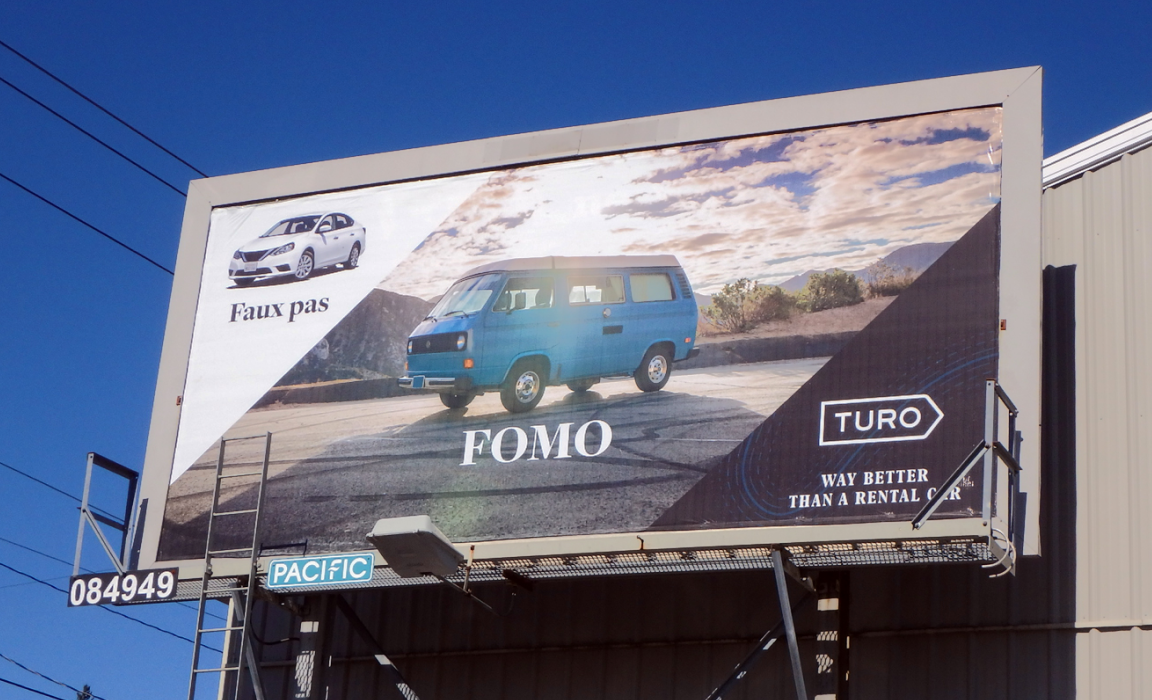
So how can you tap into out of home (OOH) channels in a way that connects visibility with meaningful outcomes for your company like building brand recognition, reaching customers in a new market? Put yourself in your customers’ shoes—imagine exactly what action that a person is likely to take when seeing a marketing message while walking in a neighborhood or driving in a car. Then, come up with a creative, memorable campaign that catches your audience off-guard with something interesting.
Here are 9 use cases to consider and case studies to help you plan your next campaign:
1. New product launches
Out of home is valuable for both business-to-business (B2B) and business-to-consumer (B2C) product launches. When you’re bringing something new to the market, a core part of your strategy will be reaching people at the top of the funnel. In this context, OOH has the potential to be more efficient than digital advertising for a few reasons:
- You’re not competing with algorithms on advertising exchanges. As a result CPMs can be less expensive depending on your targeting parameters.
- You can reach your audiences in moments when they’re likely to be waiting—at bus stops or in traffic, for instance—and receptive to receiving your message. Holding your audience’s attention, longer, means that you can tell a creative, memorable story about your product.
- You can identify and reach customer segments that you didn’t know existed.
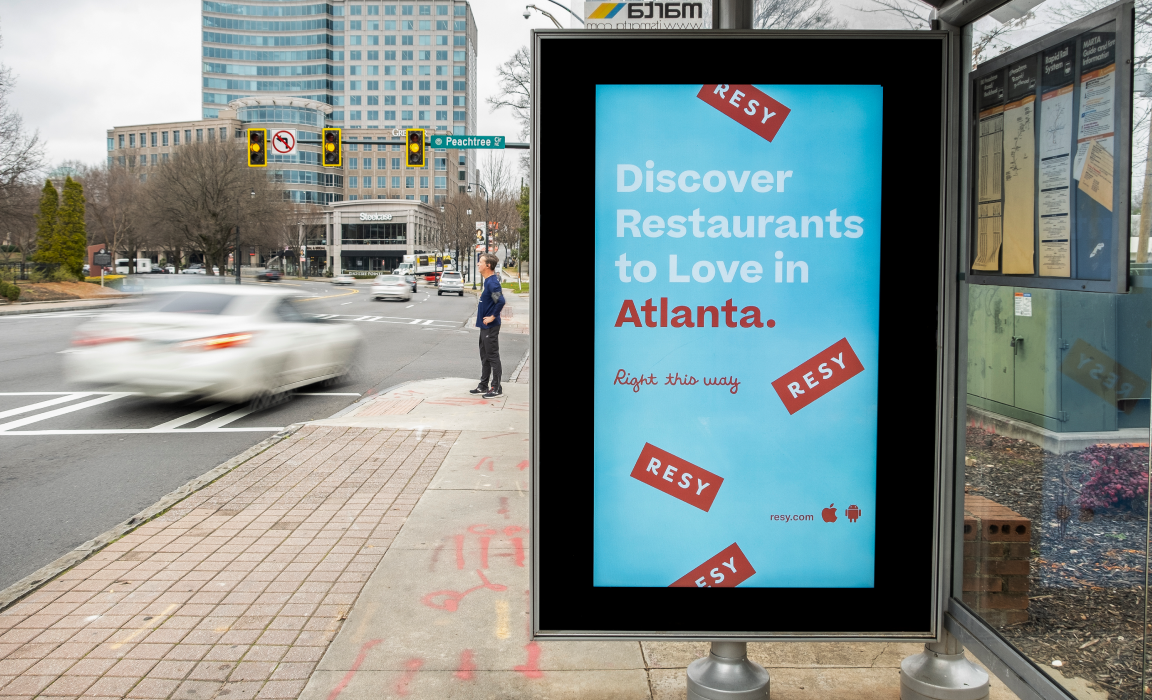
- You can reach people with valuable messages in the communities in which they live and work. Certain zip codes across the country have higher population densities of tech-savvy audiences, for instance. Out of home campaigns are valuable at bus stops, on benches, on public transit, and on billboards.
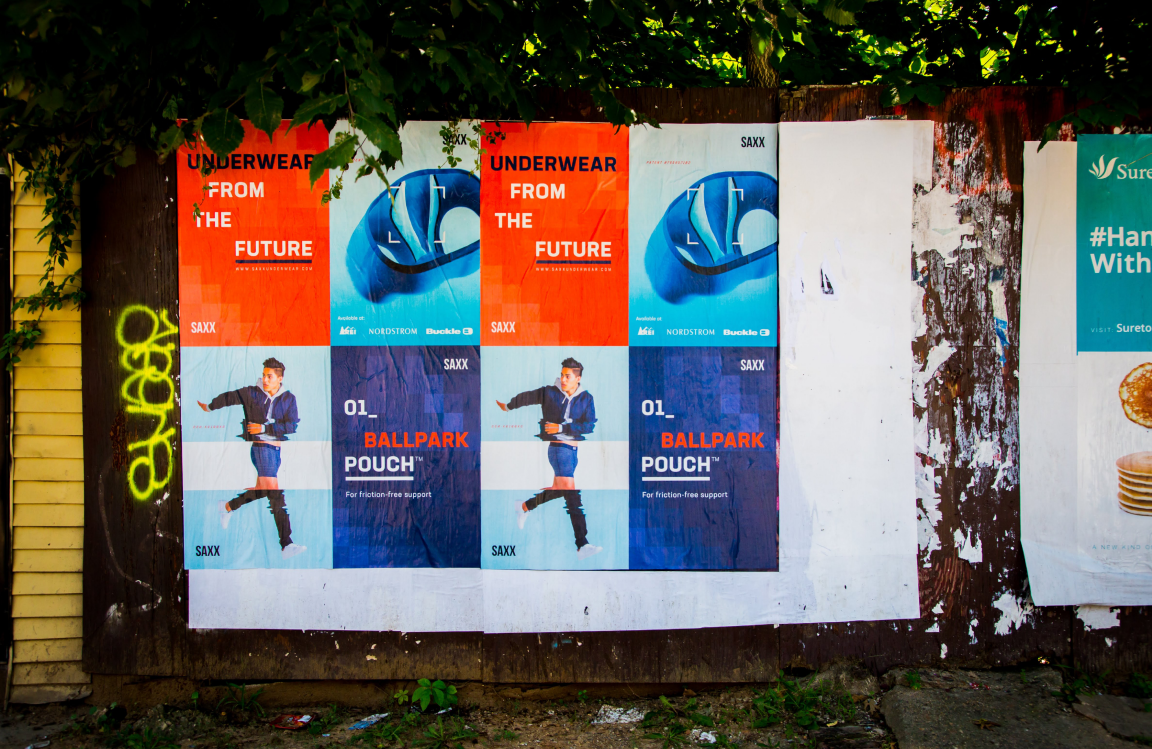
“Our first GeoBlitz was in New York. This campaign increased not only site conversions by 400%,” says Ken Suzuki, Director of Digital Marketing at Silicon Valley Technology Company 8x8*. "We measure this using a brand lift study.”

People enjoy learning about products in everyday moments.
2. New market launches
Geography has, and always will be, an important demographic variable for defining an addressable market. You can learn a lot about an audience by the zip code in which they live. You can browse some of these variables on your own, using the American FactFinder Database, which the United States Census Bureau maintains. Similar databases exist in other countries.
In the United States, people in neighborhoods, cities, counties, and states share characteristics related to age, income, whether a household has children, preferred language, income, and educational attainment.
Out -of-home advertising can actually help you discover segments that you didn’t know existed—especially in parts of the world in which your team may not have hands-on familiarity.
Check out the following tool from AdQuick, which can help you import analytics about your target audience. You can find out-of-home advertising units to identify new markets, as well as find foot traffic with established ones.

You can use data to enrich your campaigns in sophisticated ways. For instance, identify the demographic characteristics.
3. Store openings
Running a physical storefront is tough regardless of your company’s size (small business, franchise, or line of chain retail storefronts can be tough). That’s because you’re competing against other local stores—and brand recognition—to get foot traffic into your location.
People are time-constrained: there are only a limited number of hours in the day.
Out of home advertising can help you get in front of your customer and offer an incentive for them to come visit. Example incentives include:
- Discounts (bonus: discount codes provide straightforward ways to measure ROI on ad spend)
- Fun events that you’re hosting
- Awesome products
Make it clear why your store is a staple in your audience’s community.
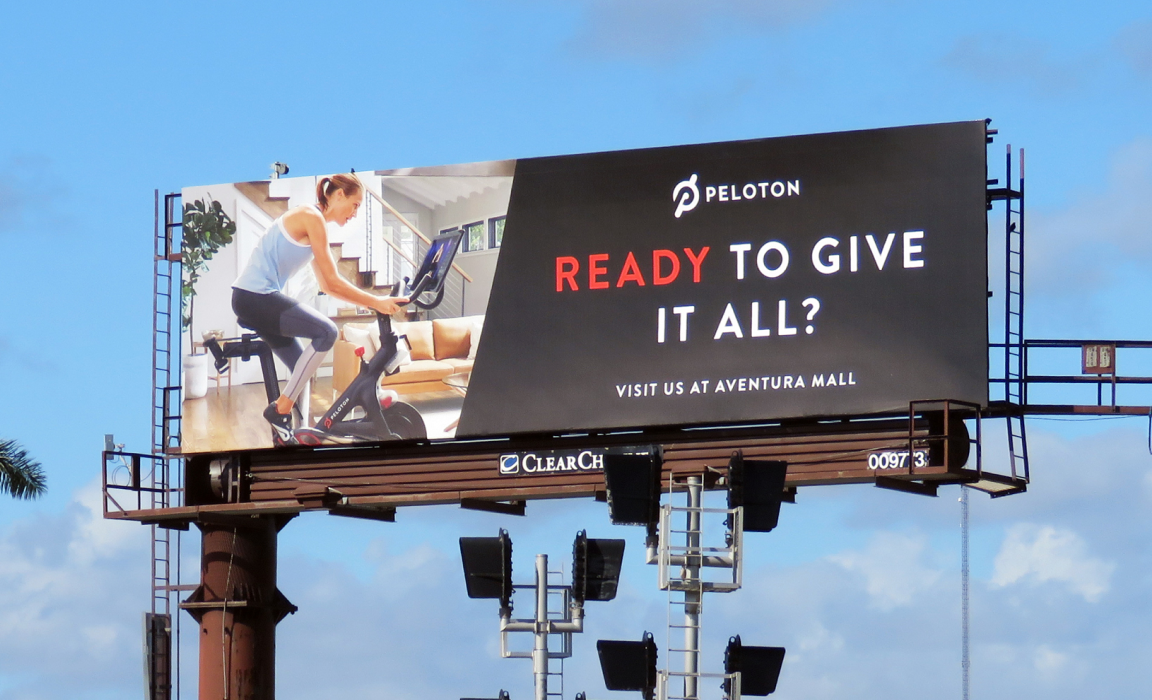
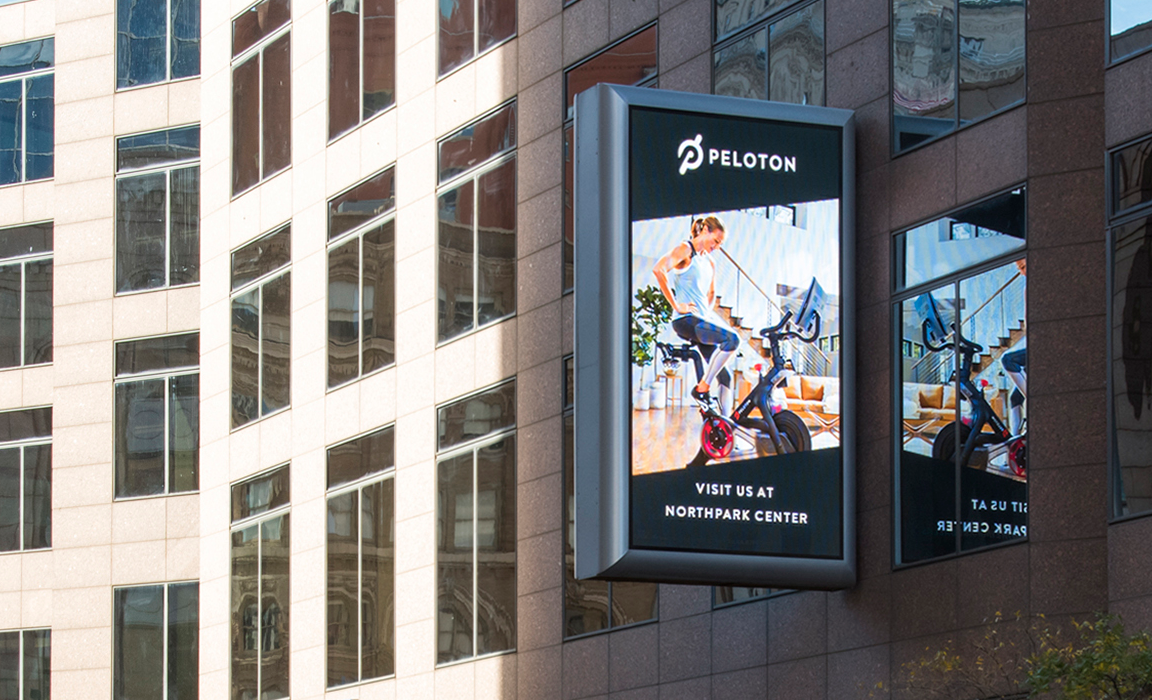
4. Marketing life-cycle optimization
OOH campaigns have the potential to make other campaigns more efficient. There are two reasons why. First, word-of-mouth is known to be a marketing force—keep in mind, if you have an interesting billboard, people in communities will talk about it.
A lower CPM can also offer incremental lift to other marketing efforts by increasing viewership. The human brain is like an algorithm, according to research. People might be more likely to look at your advertising if your branding or messaging looks familiar.
Successful campaigns incorporate multiple touch points to reinforce brand recognition.
“As an early-stage startup with good product but minimal brand recognition, we’ve found that out of home helps us increase the efficiency of all aspects of marketing,” says Daniel Mori, former VP of marketing at Ethos. “Our hypothesis is that increasing brand awareness would potentially help us lift the performance of every other channel.”
He elaborates, with respect to his strategic goals:
“I’m very proud that we put a very simple message in front of people, in front of our target audience, where they could see it mostly every day during their commutes.”
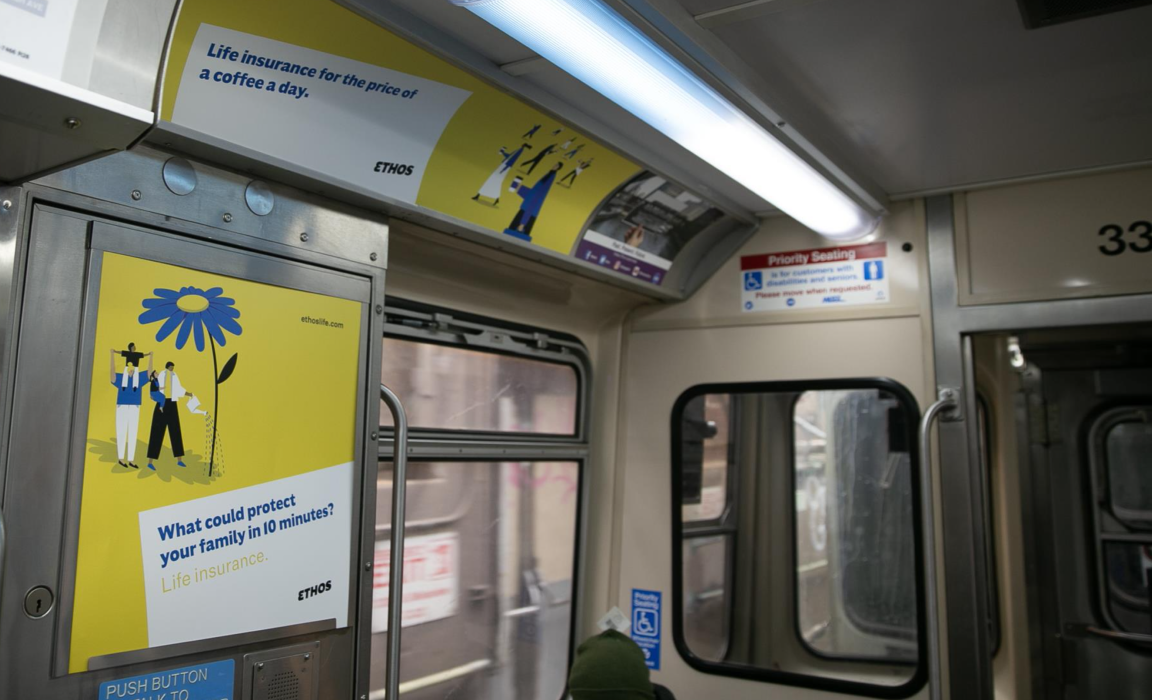
5. Promoting an event
In the world of marketing, events can be anything. You could host a consumer-facing expo or festival, for instance. Maybe you run a small business and you’re opening up a store in a neighborhood. Or, you may be on a B2B marketing team that’s hosting a conference or interesting panel. The point is, you want to deliver a message that is compelling enough to convince people in a geographic location to trade their valuable time for an in-person experience. What do you need to convey?
- That you offer a fun crowd
- That you’ll have good food
- That you’ll bring together like-minded people
- That people will gain value in exchange for attending your event, whatever shape or form it takes
“We live in a unique time in which people of all languages, ethnicities, and socioeconomic backgrounds are all neighbors,” says Dan Laufer, VP of Growth at AdQuick. “We believe in the concept that the social fabric is stronger and better—and we can all help one another if we’re all in this shared community.”
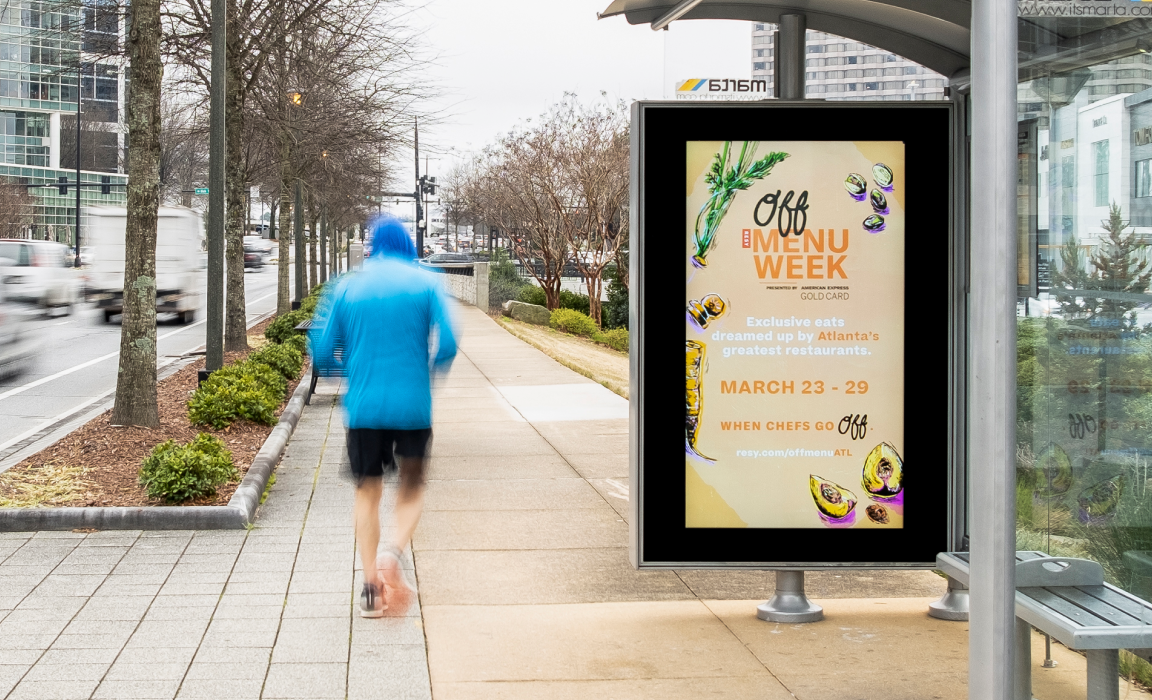
6. Recruiting
Companies are running into situations in which they need to ramp up their hiring efforts in unexpected, unpredictable time-frames. Much of this need comes from the tech boom and Fourth Industrial Revolution economy, according to The World Economic Forum.
Technology is moving faster than the human mind can keep up. Human creativity is one of the biggest needs in the Fourth Industrial Revolution economy. That’s why recruiting is unpredictable.
Especially with retail cycles, coupled with the growth of ecommerce around the world, hiring patterns can be unpredictable. Billboards can help spur job creation—and make recruiting more efficient—in local economies.
Here’s a recruiting tip that talent sources, hiring managers, and executives will appreciate:
You can use publicly available data to locate areas with high concentrations of professionals in certain industries—and to reach people who have attained certain levels of educational attainment. Especially as the global economy expands and remote work becomes a necessity, out-of-home can help you reach talent that you may not have known was out there.

7. Fundraising
Finally, here’s an example that might catch you off-guard.
The next several years are going to be invaluable for startups, venture funds, and entities of all types looking to raise capital. Despite discussions of economic recession, deal flow is moving in a robust way—all around the world.
During this time, companies need to raise brand awareness. Funding entities high net worth individuals, and venture capitalists have limited time and need help remembering companies during their fast pace of life.
You’re actually doing VCs a favor by putting up billboards around their neighborhoods.
Final Thoughts
Out-of-home is going through a period of reinvention, which means that there’s an opportunity to connect with people in unique ways. Attention spans are finite, and time is priceless. Be creative, artistic, and expressive with your message.
*Disclosure: Turo, Ethos, Nexdoor, and 8x8 are AdQuick customers
**Quotes edited for clarity
Contributors Statement
This blog post was a collaboration between the AdQuick team. Chris Gadek, John McClung, and Jack Gaylor contributed to this piece. Payton Biddington created the visuals.If you'd like to learn how out of home can work with your unique marketing campaign and business, send a quick email to [email protected] or call (213) 986-6179. We'll reach out with case studies and recommendations tailored to you.
Disclosure
The opinions expressed are those of the authors. This material has been prepared for educational purposes only. Please be sure to consult with your internal team of stakeholders to assess your specific needs before adapting any practices from this blog, as your own.

